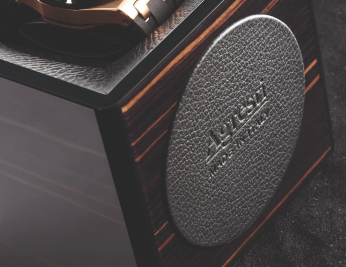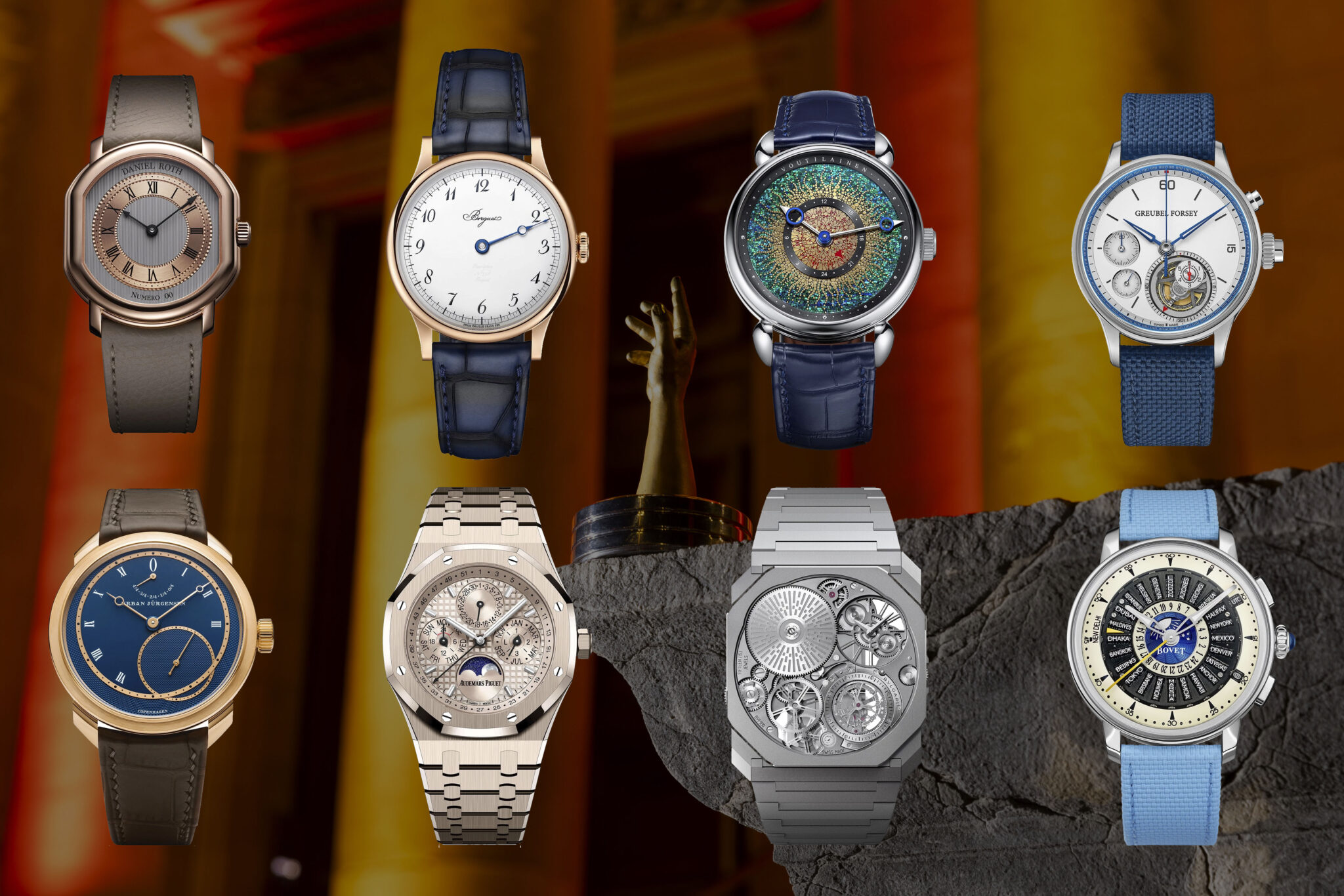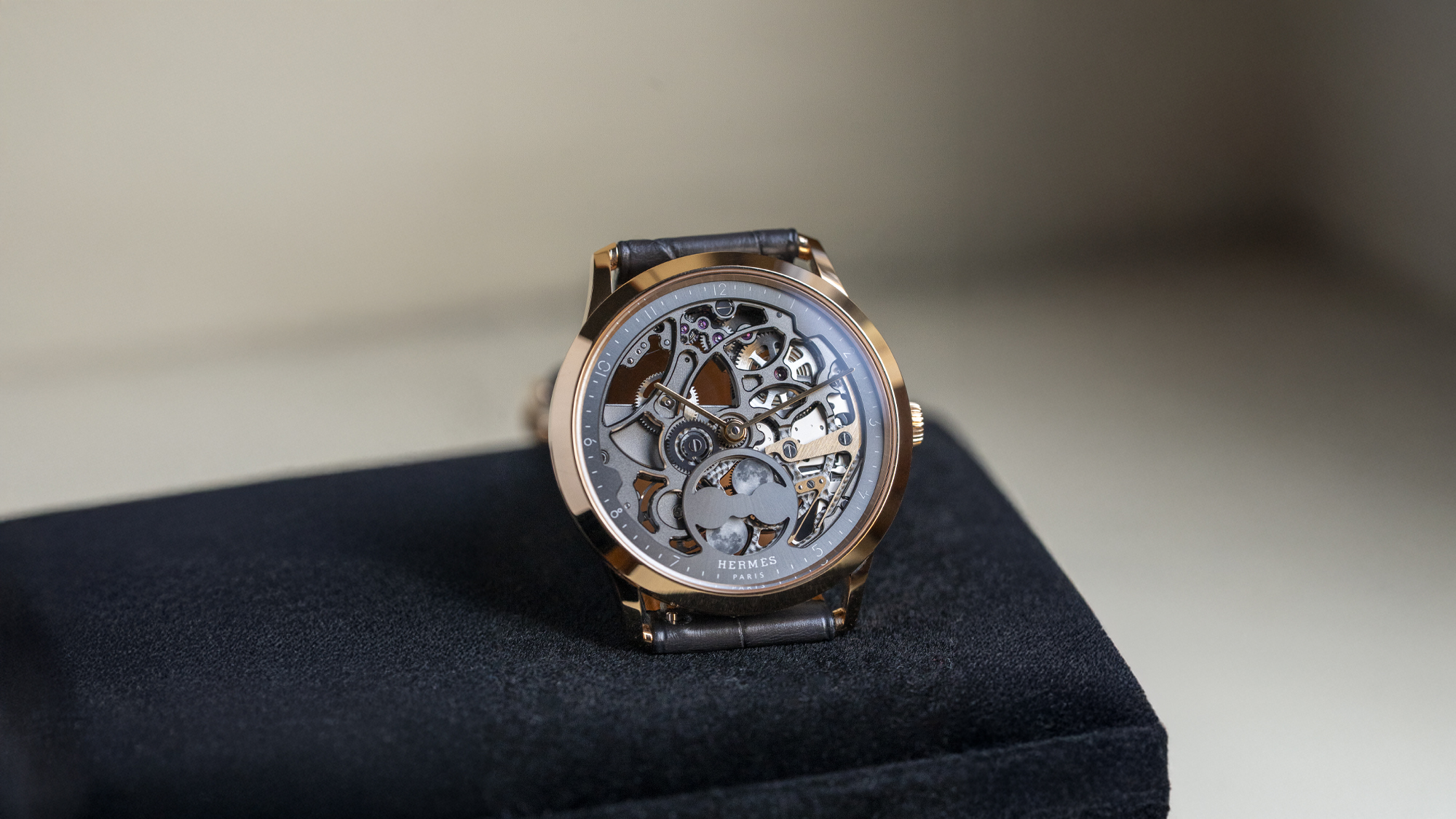In 2020 – alas, so much time has already passed – the maison founded by Hans Wilsdorf launches the new line of Oyster Perpetual. These are important improvements, from the adoption of a new movement to the possibility of wearing the watch even in the size of 41mm, although it is not exactly these innovations that make the news.
In addition to the more classic shades, brightly colored dials are introduced: yellow, green, turquoise (now Tiffany color we can say), coral red and candy pink. Immediately they become a hit, finally some cheer!

This choice by the Swiss maison, in fact, could be unexpected.
The lineup of Rolex models has always been typically traditional, without leaning towards colors and patterns that do not belong to the philosophy of the brand. But wait to make hasty judgments!
Strange as it is, in the case of these colored dials there is actually a strong reference to tradition.
In the 1970s, showy lacquered dials called star dials were added to the Day Date collection, serving as the illustrious ancestors of the current Oyster Perpetuals.

The origins of the Day-date
Since 1956, the year of its official debut, the Day Date has been produced only in precious materials and this does not change even with the advent of these new dials. The flagship model of the Genevan house has always been synonymous with success, as evidenced by the frequent use by heads of state, royals and extremely influential personalities.
Given the stature of the people who wore it, strange as it may seem nowadays, the dials in question were often replaced for more discreet colors and more in line with the classic Rolex philosophy. This has led to an extreme rarity of these dials and this aspect is also reflected in the current prices of the vintage market. In fact, tastes have changed with the passage of time and nowadays it is a much loved feature.

In addition to the intrinsic rarity and unusual shades, there are other curious aspects that make these dials interesting from a collector’s point of view. The name “Stella” is not a nickname given to it by fans, unlike what happened with Pepsi, Hulk, Batman, Panda and so on and so forth, but a real name in the official catalog.
Here is a link to our funny article that summarizes all the nicknames related to Rolex!
Batman, Pepsi, Hulk… and all Rolex’s nicknames
The enameled dials are in fact defined “Laquered Stella” and their name derives from the name of the supplier of the same – it is now known that Rolex is not famous for its imagination – precisely Stella SA, located in Geneva and specialized in lacquered paints . In turn, this supplied the dial manufacturer Stern Frères, which was responsible for manufacturing from selected pigments.
Production of the Stella dials
The different colors in which we find the dials are, in order of rarity: mauve, yellow, coral or pale pink, turquoise, green, blue, orange, red and oxblood. All, in one way or another, express their charm.
Credits: Amsterdam Vintage Watches Credits: A Collected Man
As for the actual production, however, the process was decidedly complicated. The dials were painted with a spray gun and after each step they were baked in the oven in order to solidify the pigment used, the process was then repeated until the hue and quality required was achieved.
At that point they proceeded with polishing and with the application of a transparent varnish. This particular step allowed the subsequent pad print to be suspended above the dial, with a spectacular floating effect (similar to the result in the Daytona with porcelain dials).
Features and differences between the series
Depending on the structural characteristics and the text present at 6 o’clock, there are four production series:
The first, introduced in the 1970s, is characterized by a pan-shaped dial with the minute track on the inclined part, the wording “T Swiss T” at 6 o’clock and the reference 180X;
The second, towards the end of the 1970s, without angled edge, always with the text “T Swiss T” at 6 o’clock and references 180X and 1803X;
The third, contemporary with the second, was produced until the end of the 1980s, but the text changed to “T Swiss Made T” and the reference to 180XX;
The fourth and last, in production until the 90s, has the text unchanged but there is the addition of the minute track with Roman numerals every 5 minutes.

Despite the differentiation between the different series, within the same grouping there are different characteristics, in particular with regard to the indices, which vary from simple stick indices, up to brilliant or even baguette indices, giving uniqueness and personality to every single timepiece.
Special Commissions
Official production ends in the 1990s, however in 2013 a limited series of manually wound Daytona and Day Date with sapphire crystal were commissioned by a well-known non-executive executive.
Incredible as it may seem, since Stella SA has been closed for some time, among other things, the request was granted and about twenty Daytona models were made, divided into four colors, two of which were assigned to each of the references, 6263 and 6265. Others configurations were made, respectively turquoise and green with gold counters for 6265 and red and yellow with black counters for 6263.

As for the Day Date, on the other hand, only one model of this particular order is known in white gold, with a yellow dial, baguette and brilliant diamonds as indexes and a rare Latin day disc.
Although their existence is certain, these are works of art that have never been made public, probably also to preserve the uniqueness and identity of the owners who are almost certainly the original owners.
Our thoughts
These watches are a paradox. They are undoubtedly very fascinating but they completely deviate from the philosophy and the common appearance of a watch of the crowned house, especially as regards the historical models.
Of course it is not this aspect that makes them interesting, much less the well-established fact that they are rare commodities. Don’t get me wrong, they are important components, but they are not what makes them special. They are such because they are damn captivating and I think this feeling can be relived, at least in part, with the new Oyster Perpetuals, fun but with a clear Rolex essence.
If you are particularly interested in other very special Rolex dials I leave you the link to our article: Watch guide: Rolex Stone-Dials















